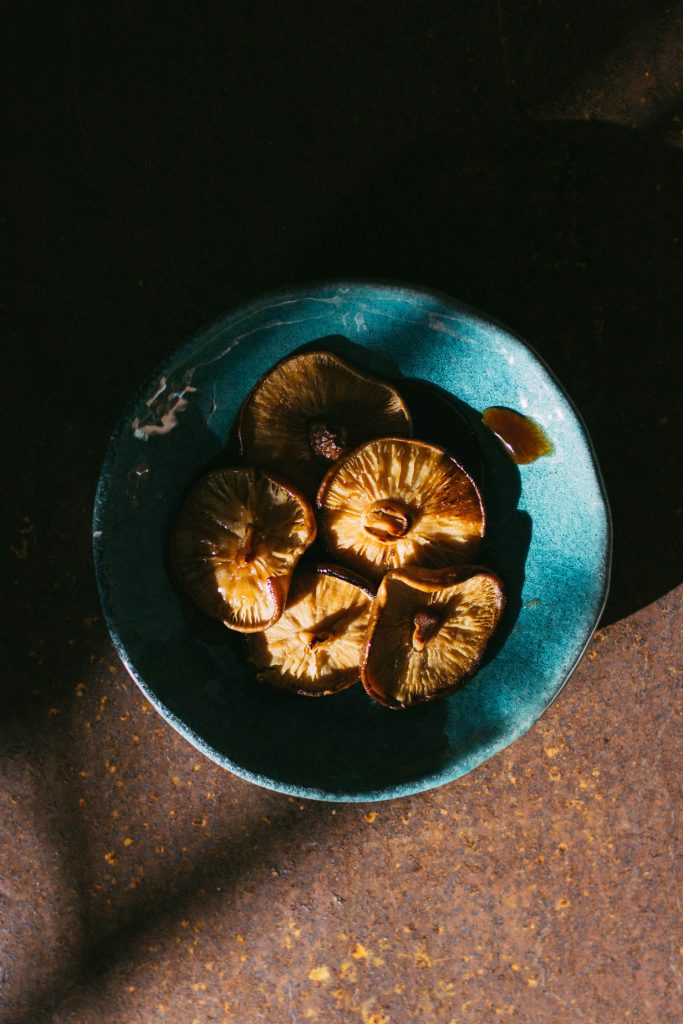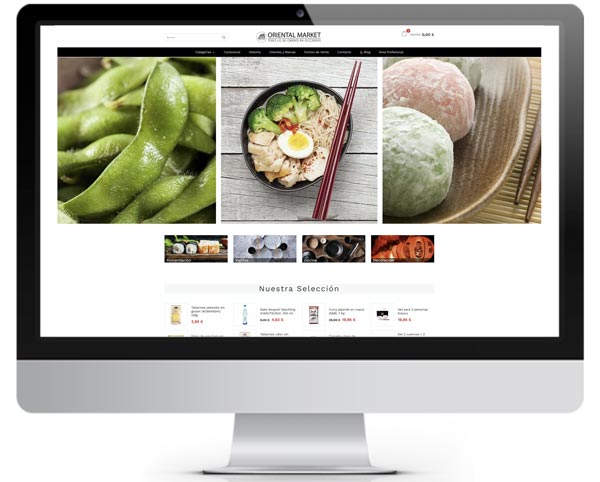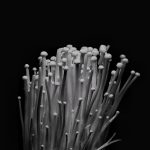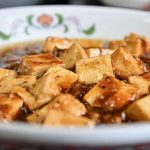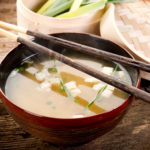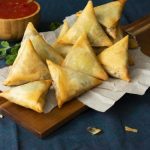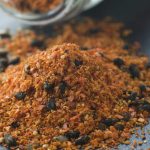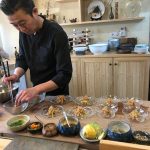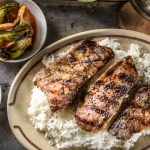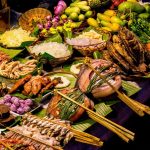Recipe for zaru soba
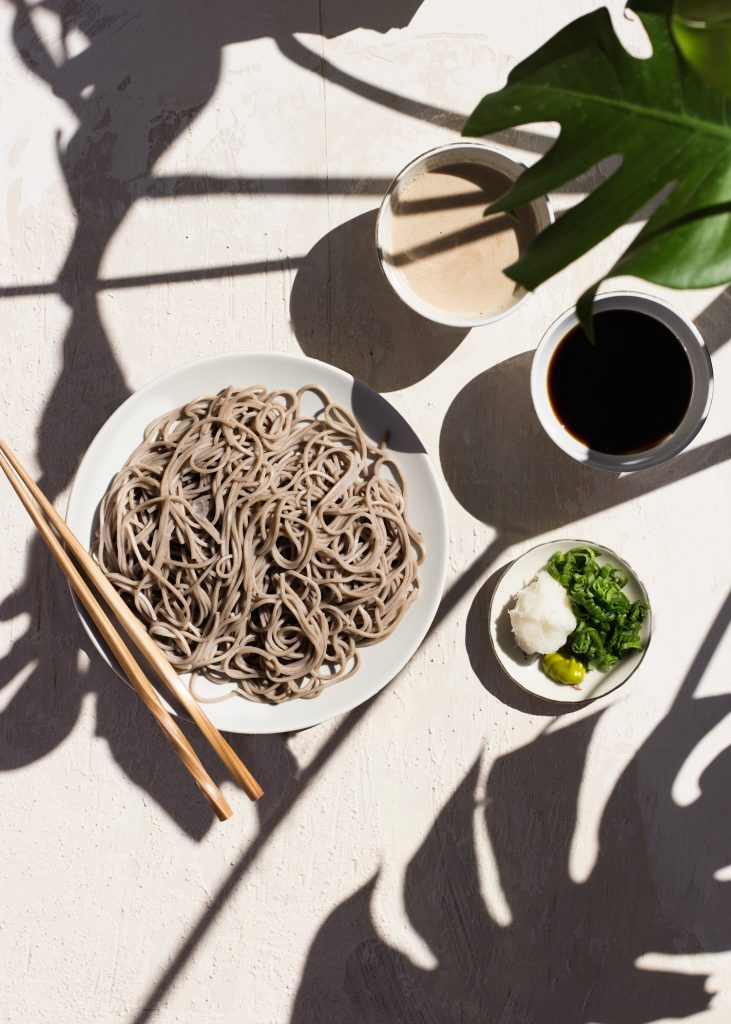
Ingredients for six people:
- 1 cup walnuts
- 2 tablespoons sugar
- 2 1/4 cups dashi stock (room temperature)
- 3/4 cup kaeshi (room temperature)
- 340 grams soba noodles
- grated daikon
- wasab
- spring onion
Recipe for Spicy Miso Udon Tsukemen
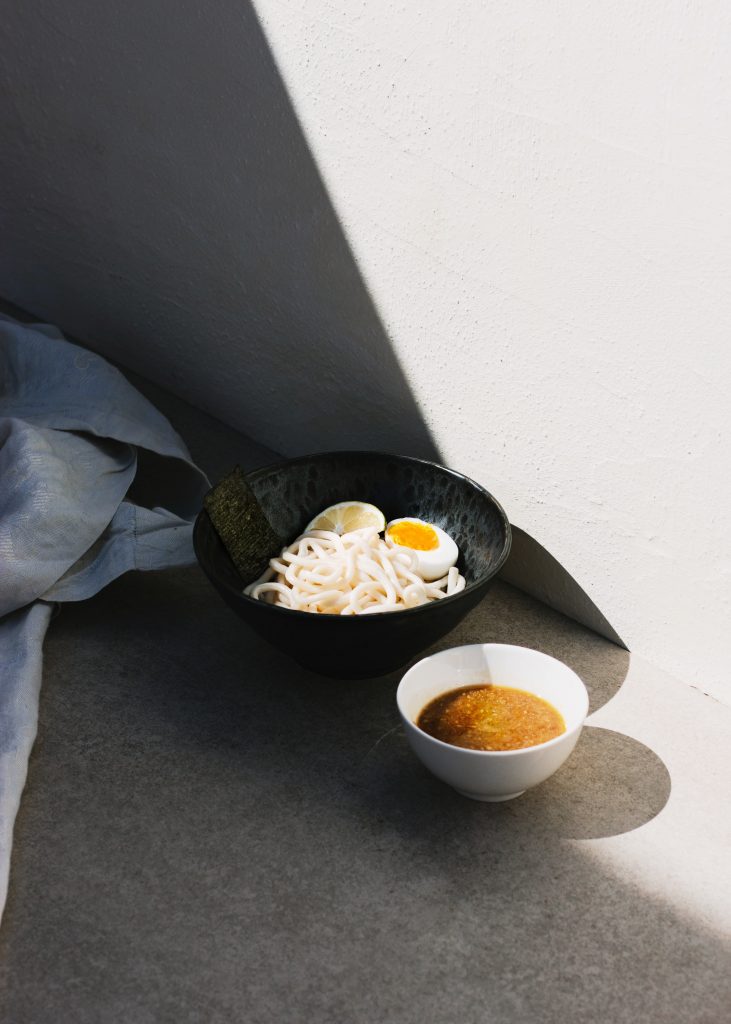
Ingredients for 2 persons:
- 170 g of pre-cooked udon noodles
For the sauce:
- 1/2 tbsp vegetable oil
- 1 chopped garlic clove
- 1 shallot, finely chopped
- 1 tbsp. ginger, peeled and finely chopped
- 2 tablespoons miso paste
- 1 tablespoon soy sauce
- 354 ml water
- 1 tsp sugar
- 1 teaspoon granulated chicken stock
- 1 tbsp toasted sesame seeds
- 1/2 tsp chilli oil
- 1 teaspoon sesame oil
Japanese Sencha green tea
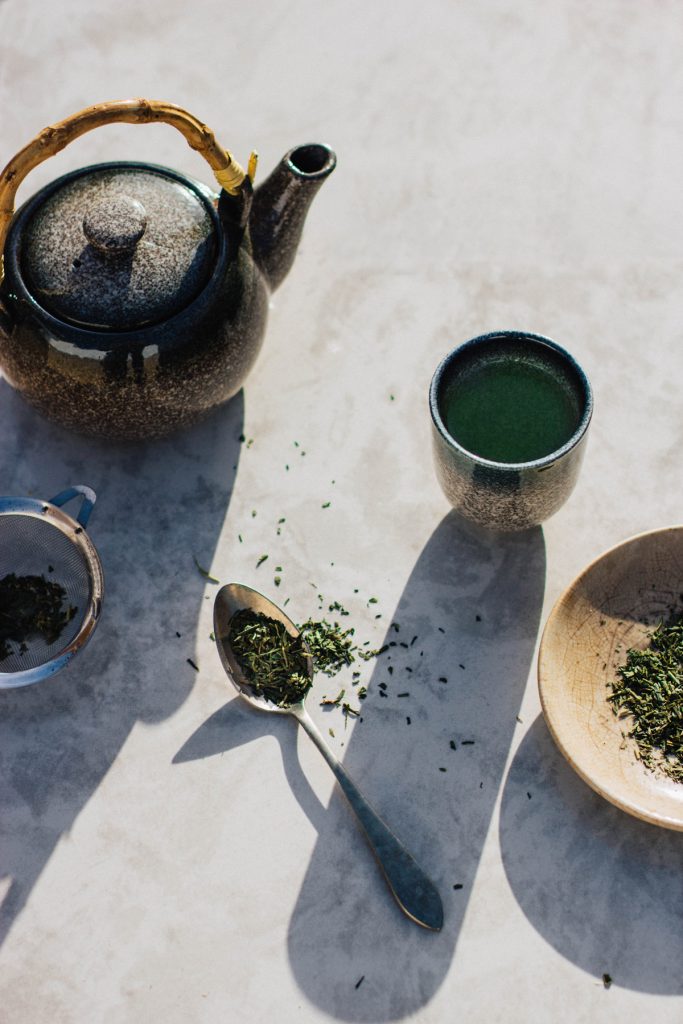
Sencha tea is of Japanese origin, widely consumed in our country and with many benefits and properties. This green tea is usually drunk hot during the coldest months of the year, while during the summer months it is usually drunk cold.
Here are some of the most outstanding benefits of Sencha green tea: Read more
Learn all about noodles
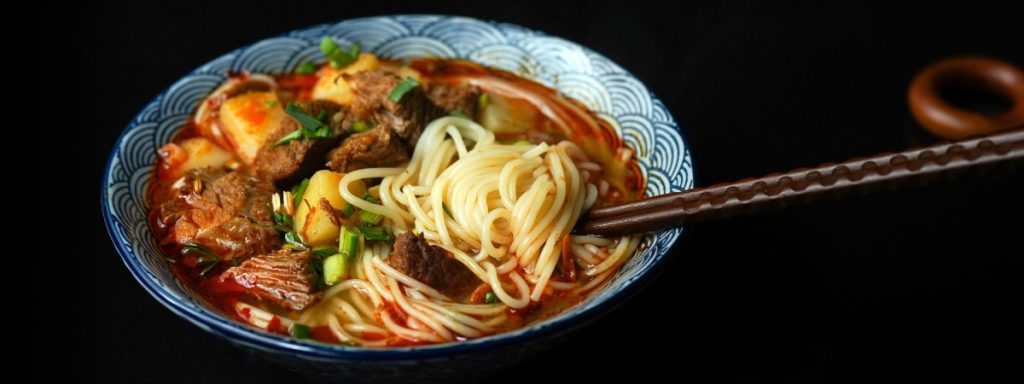
Pasta is one of the most widely used products in Asian cuisine and it is no wonder if we analyse the numbers. Currently, it is known that 90% of Japanese people include noodles in their menu at least one day a week and 70% even up to 2 days. Of course, there are many different types and varieties of noodles. But which are the main ones? This week we will talk about the following types: rice noodles, wheat and egg noodles, or noodles made with beans..
Read more
Yakisoba with Vegetables Recipe
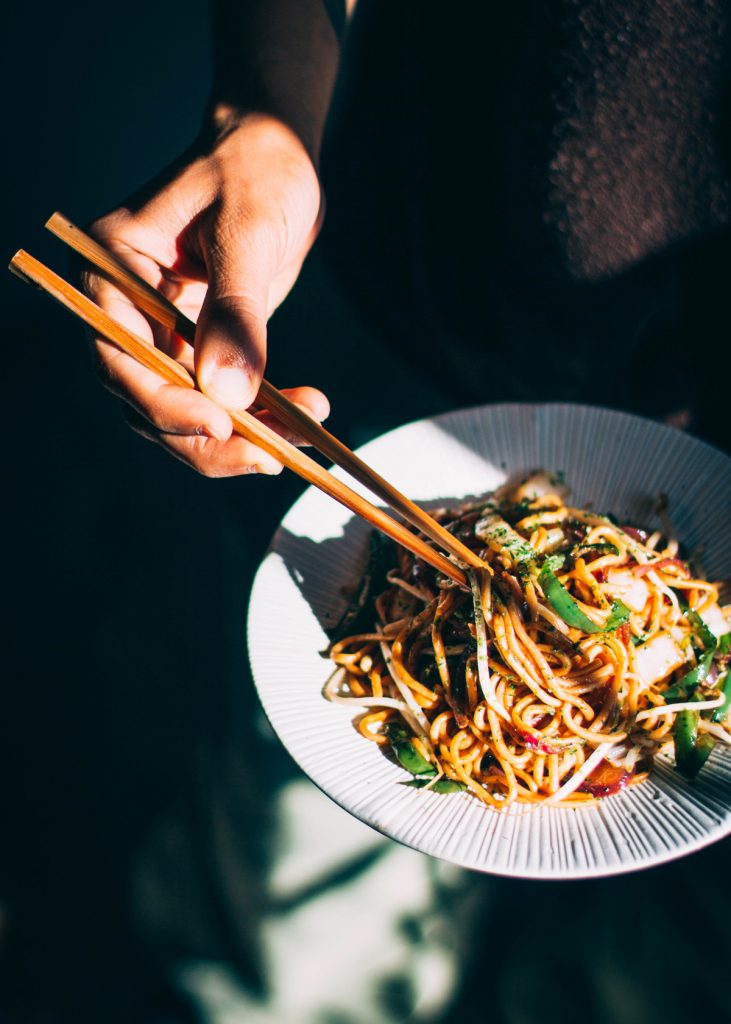
Ingredients
- 300 g soba noodles
- ½ tablespoon vegetable oil
- ¼ cup grated carrots
- 1 green pepper
- 1 red pepper
- ¼ onion, cut into strips
- 2 chopped green cabbage leaves
- 6 tablespoons yakisoba sauce
- Red ginger
Miso soup recipe
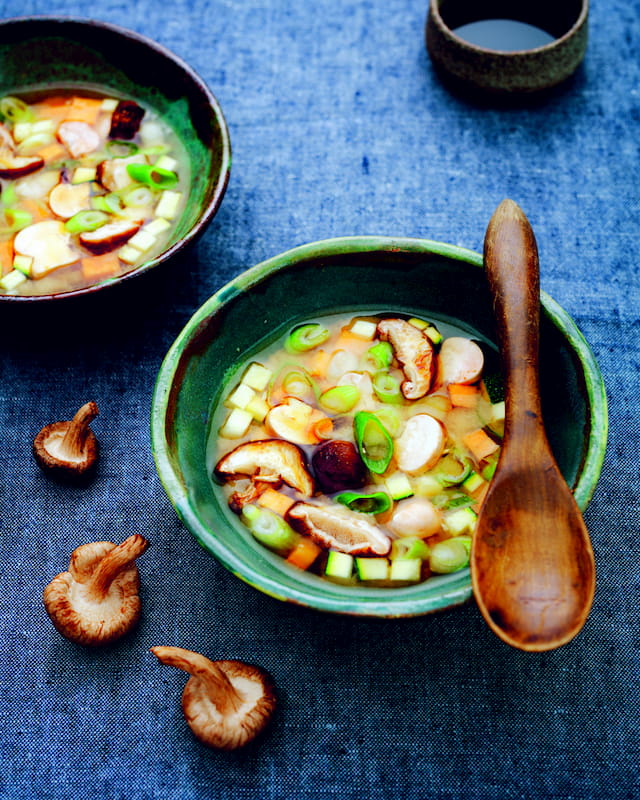
This week on our blog, we encourage you to prepare a very healthy and tasty Japanese recipe. The best recipe for a delicious Miso Soup. Ideal for these times of the year and quick to cook, are you up for it?
Read more
Roti Paratha recipes
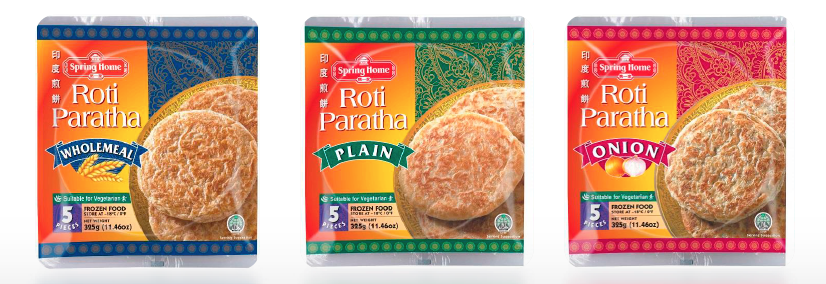
This week, on the Oriental Market blog, we present the fine pasta you have been waiting for, the star ingredient that is causing a sensation in the kitchen with easy and delicious recipes. What do we know about Roti Paratha? Paratha is a thin dough originally from India and nowadays it is also used in many Asian countries. The main difference between Paratha and traditional bread is that it is brushed with butter or ghee and pan fried. This results in a light and soft bread similar to puff pastry.
Read more
Matcha Latte
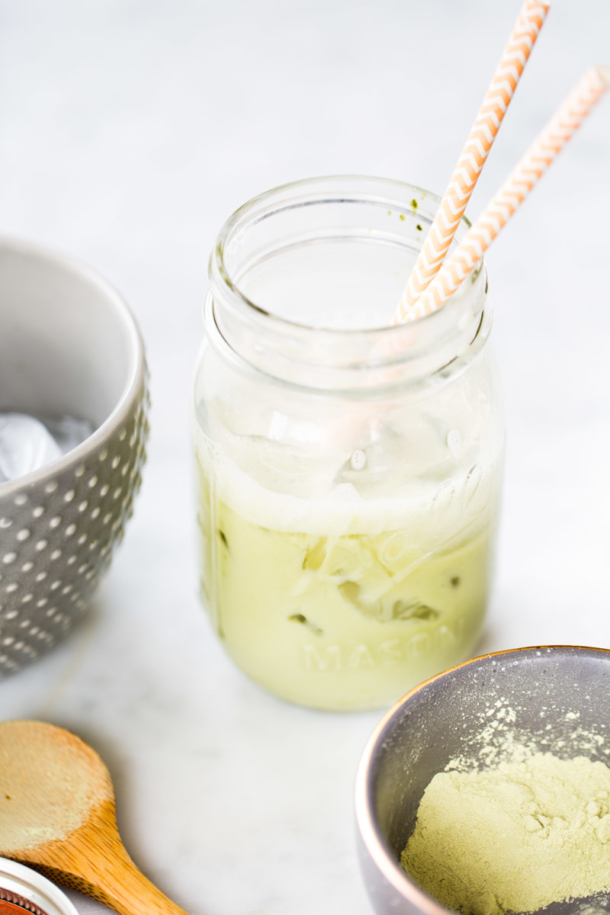
The latest trendy drink comes from Japan! Lowers cholesterol, detoxifies and reduces stress.
INGREDIENTS:
- 1 cup brown rice milk (used because it is naturally sweet and the consistency is great for the drink).
- 1/2 teaspoon matcha powder
- Optional: 1 teaspoon honey
METHOD:
Simply start by blending the milk and matcha, then boil until hot. Use a manual milk warmer – heat the milk and matcha in a pan until hot, blended and creamy foamy!
Finally, add honey (optional), mix using the same method as above.
And it’s ready to drink!
Green tea: what it is and its benefits
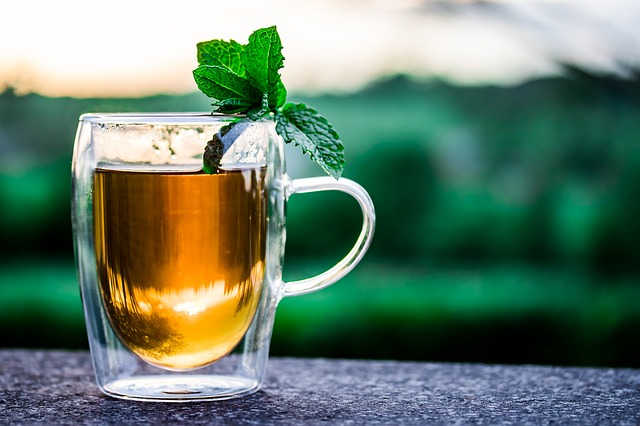
What is green tea?
Like other varieties of tea, green tea comes from the Camellia sinensis plant, but differs from other teas in that it does not undergo a fermentation process before it can be consumed. The leaves are picked fresh, pressed, rolled, crushed and then dried. Between a quarter and a fifth of the tea produced worldwide is green tea, the main producing countries being Japan, China and Vietnam. In fact, thanks to its pleasant aroma, its rich flavour and its beneficial properties for health, it is becoming increasingly popular among therapeutic infusions.
Read more

